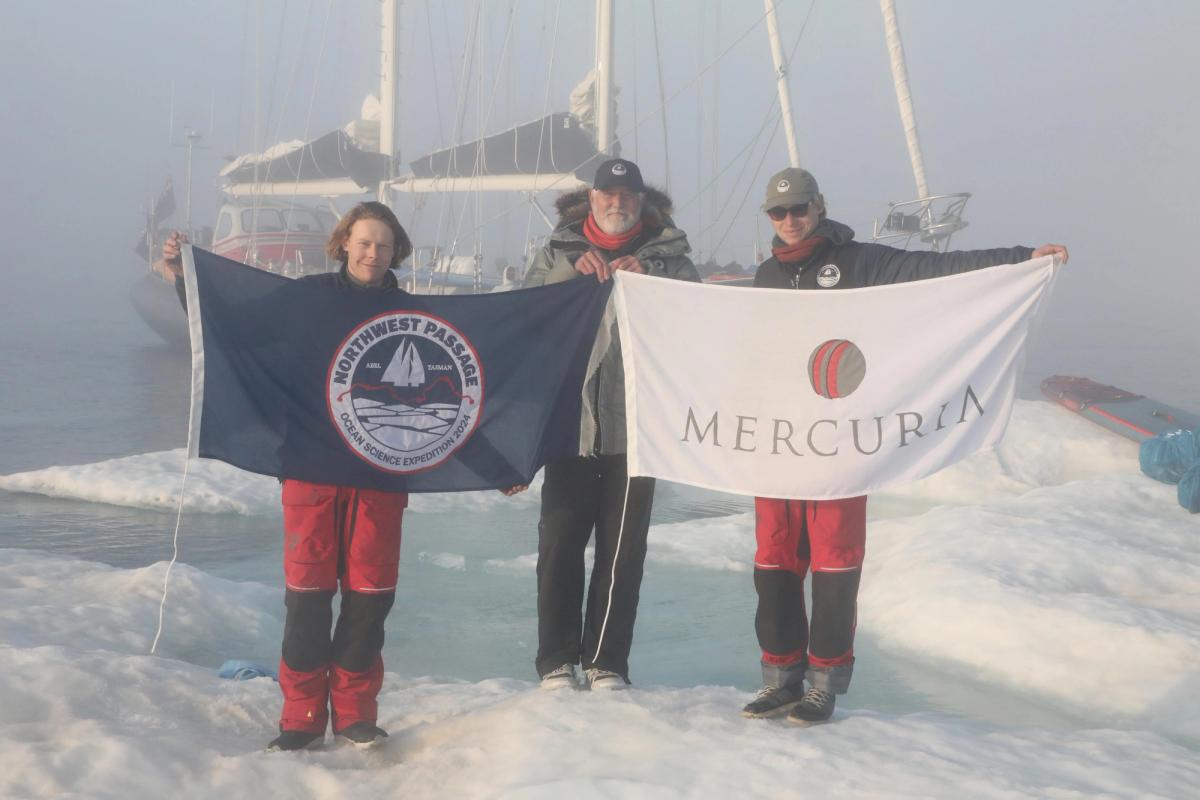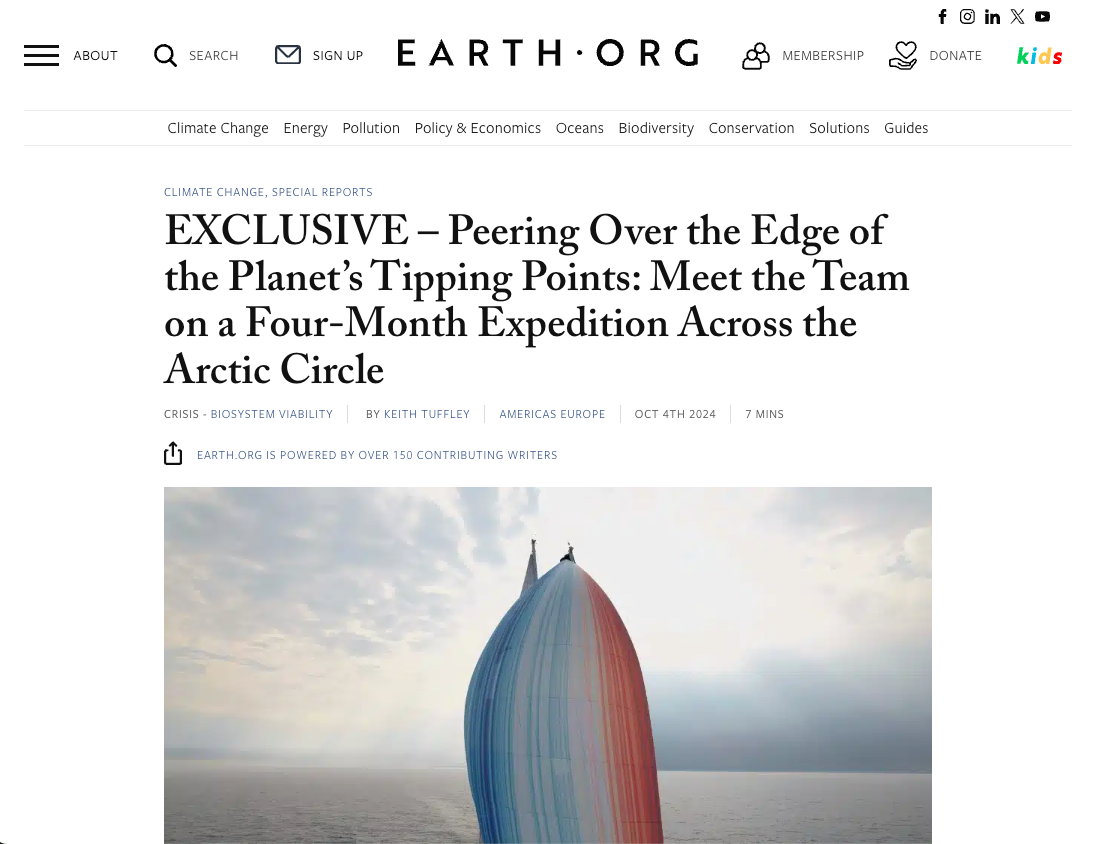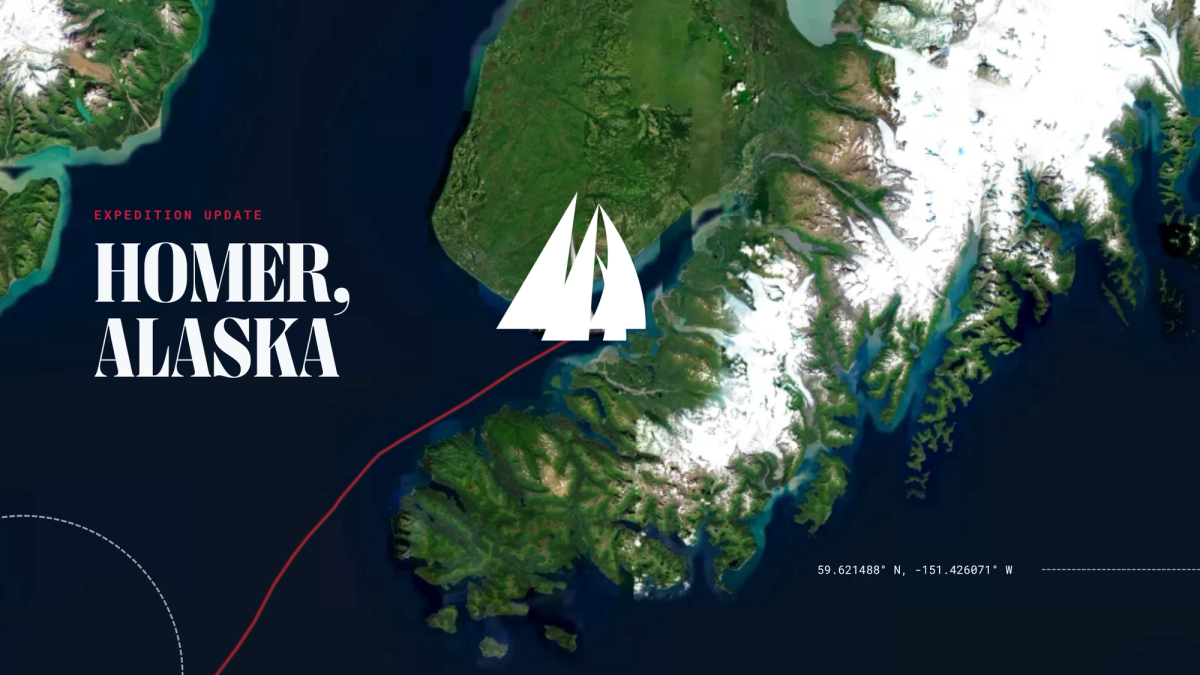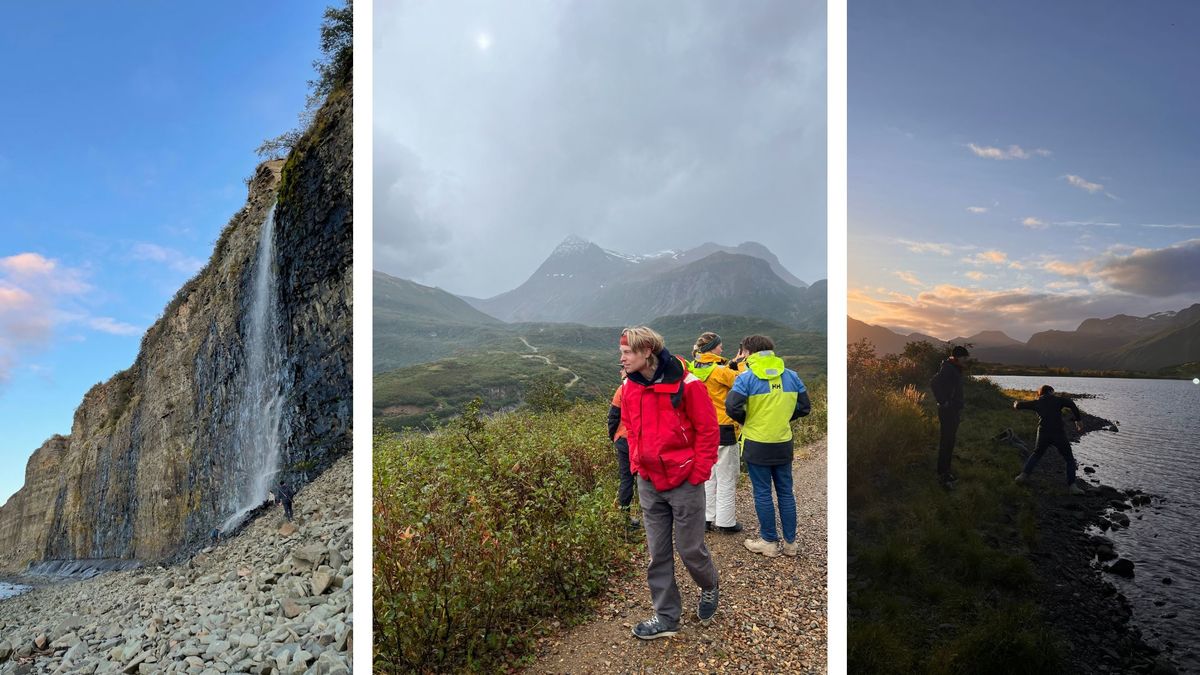Northwest Passage Ocean Science Expedition featured in Scarlet Red Magazine
Keith speaks with Scarlet Red Magazine about the expedition in this podcast episode, where he shares: - What makes the Northwest Passage a unique and vital region. - Why the Arctic plays a crucial role in the future of our planet. - What the 16 Global Tipping Points are and their influence on Earth. - Observations of climate warming effects in the Arctic during the expedition. - How Arctic populations and wildlife are adapting - The scientific research conducted onboard - The importance of retraining ourselves in the science of climate change - Why tackling current challenges presents exciting opportunities for innovation and community engagement. - The role we can all play. And read the article here: https://www.scarletredmagazine.com/articles/after-115-days-at-sea-northway-passage-expedition-delivers-urgent-evidence-of-arctic-climate-change

















